
Faragheh Village, Abarkuh, and Its Eid al-Ghadir Traditions
Abarkuh is a county in Yazd Province with a population of around 60,000. It has a dry, desert climate, characterized by low rainfall and high temperatures. However, Faragheh Village, one of the villages in this county, enjoys a cool and mild climate, making it suitable for agriculture and gardening. It is also considered a tourist destination in Yazd Province and a recreational spot for local residents.
Population and Geography of Faragheh Village, AbarkuhFaragheh Village has a population of just over one thousand people. The residents speak Persian, but with a distinctive local dialect known as the Faragheh accent. Historical evidence suggests that around 200 years ago, several Lur people migrated to this village, which is why the local dialect bears some resemblance to the Luri language. Most of the villagers are of Bakhtiari descent and are known for being warm-hearted and hospitable.
Location, Area, and Agriculture of Faragheh Village
Faragheh Village is located near Fars Province, approximately 15 kilometers from its border. The village covers an area of about 62 hectares. The inflow of groundwater from the northern counties of Fars Province has boosted agriculture in the village. Apricots and small plums are two of the main agricultural products of Faragheh.
Access to Faragheh Village
The village is located near the Yazd–Surmaq Highway, making it accessible via this route. The Eqlid–Yazd railway also passes close to the village, but there is no station nearby.
Attractions of Faragheh VillageOne of the notable sites in Faragheh is Sarv Ali, considered a sacred place. Currently, a building with several chambers has been constructed there, which is used during religious ceremonies.
Other attractions in the village include the castles of Sadeqabad, Khosrowabad, Jalalabad, Shahrabad, Rostamabad, Ghasemabad, Rahimabad (Lahmian), Gashar, and the old houses of Faragheh, as well as the Lahmian Dam.
Traditions of Eid al-Ghadir in Faragheh Village, Abarkuh
One of the most important ceremonies in Faragheh Village is Eid al-Ghadir, the day when the Prophet Muhammad announced Ali ibn Abi Talib (peace be upon him) as his successor. On this day, the villagers believe that all attention should be devoted to celebration and joy, and everyday work and chores should be completely set aside.
According to local belief, even household tasks are considered inappropriate on this day. Cleaning and sweeping the house on Eid al-Ghadir is thought to bring bad luck. Therefore, a few days before the festival, all villagers thoroughly clean their homes in preparation for the celebration.
On Eid al-Ghadir, the people of Faragheh prepare Komaj, a type of sweet bread made primarily from flour and sugar. The day before the festival, all the necessary tools and ingredients for baking Komaj are gathered.
To enhance its flavor, villagers sometimes use grape syrup instead of sugar and add cumin and cinnamon to the dough. Another traditional bread baked for Eid al-Ghadir is Yookheh (also called Tiri), which is also an essential part of the celebration.
Eid al-Ghadir Customs in Faragheh Village – Offerings and Charity
On this day, none of the milk obtained from the village’s livestock is sold. The villagers dedicate the milk as an offering, believing that this act brings blessings and prosperity to their animals.
Similarly, the use of irrigation water on Eid al-Ghadir is accompanied by giving a voluntary donation. This amount is paid to the village headman and is either used for charitable purposes or distributed among the poor.
The importance of Eid al-Ghadir for the people of Faragheh Village is such that they choose this day to fulfill their vows, believing that performing good deeds on this day yields many times greater rewards.
Weddings and Naming of Newborns in Faragheh VillageThe people of Faragheh believe that the best day for weddings and naming newborns is Eid al-Ghadir. On this day, a ceremony called Henna Night (Hanābandān) is held for newlyweds. During this ritual, the groom’s family brings henna bags, fine fabrics, sugar cones, sweets, and candies to the bride’s house. The head of the ceremony places a small amount of henna on the right hand of both the bride and groom, which is then shared among their close relatives.
According to the villagers, this ceremony brings happiness and blessings to the couple’s life and drives away sorrow.
Naming newborns is another tradition observed on this day. Families who have a son often choose the name Ali or one of the titles of Ali ibn Abi Talib. For daughters, the name Fatemeh, after the Prophet Muhammad’s daughter, or one of her titles is chosen.
| Name | Faragheh Village, Abarkuh, and Its Eid al-Ghadir Traditions |
| Country | Iran |
| State | Yazd |
| City | Abarkuh |
| Type | Historical |
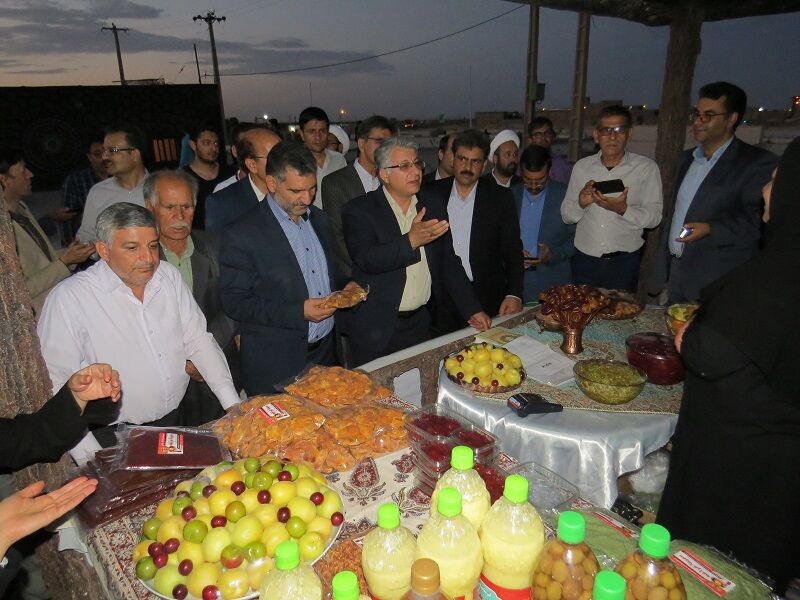
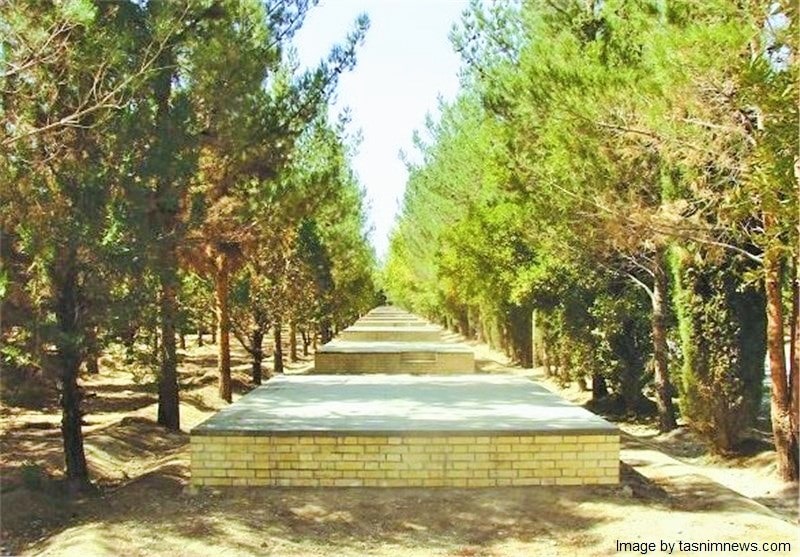
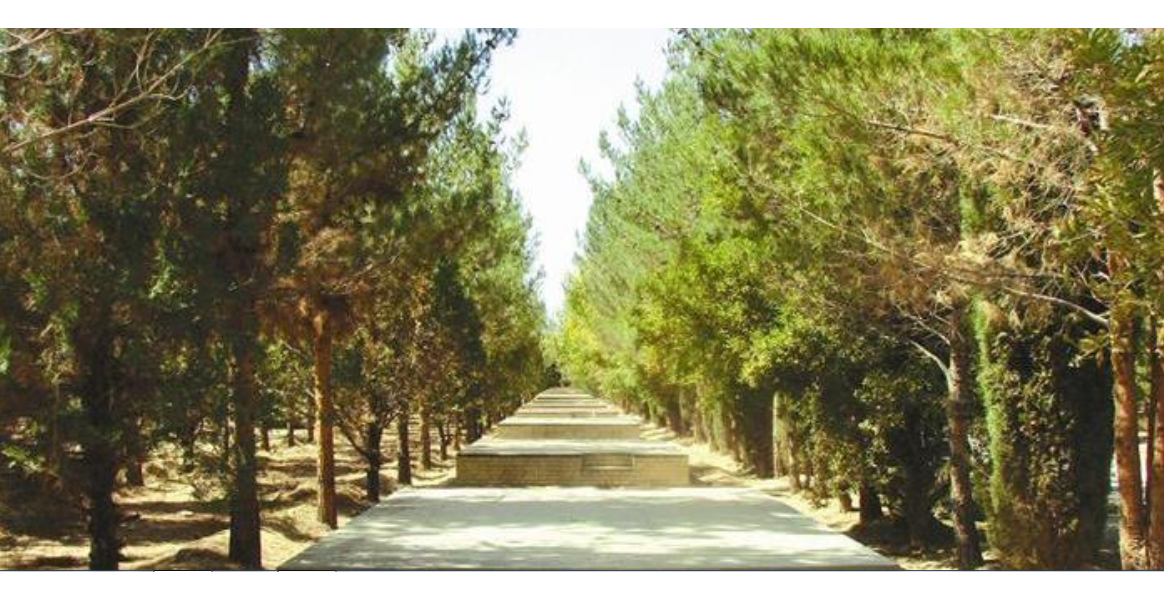
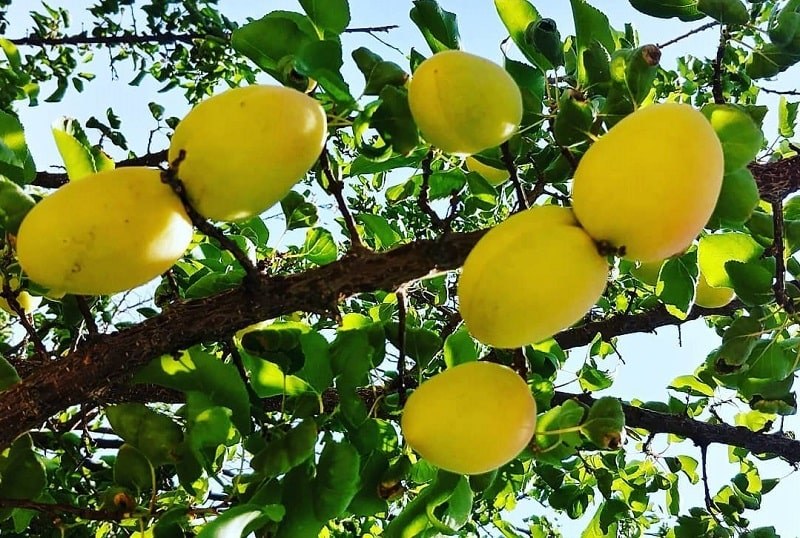




Choose blindless
Red blindless Green blindless Blue blindless Red hard to see Green hard to see Blue hard to see Monochrome Special MonochromeFont size change:
Change word spacing:
Change line height:
Change mouse type:
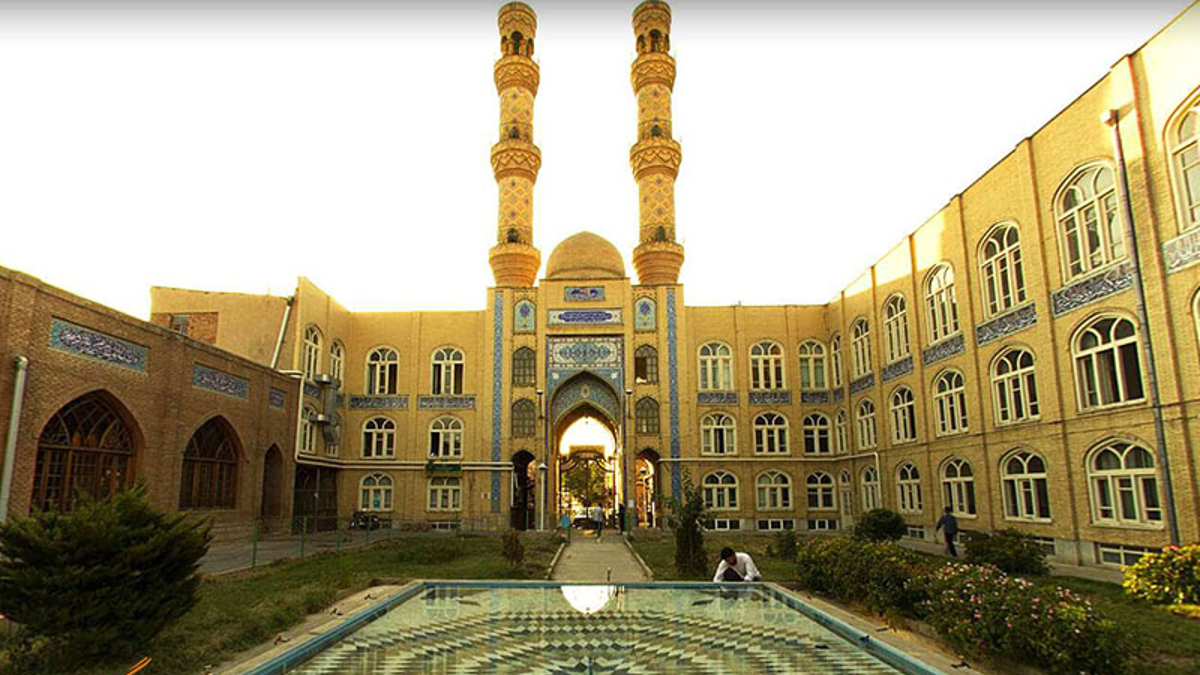
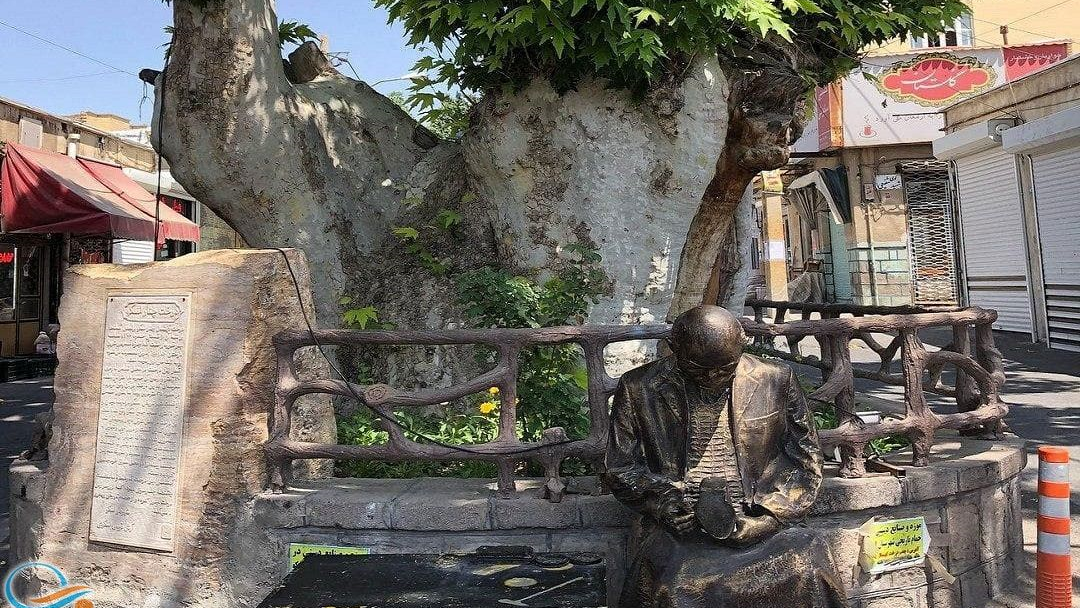
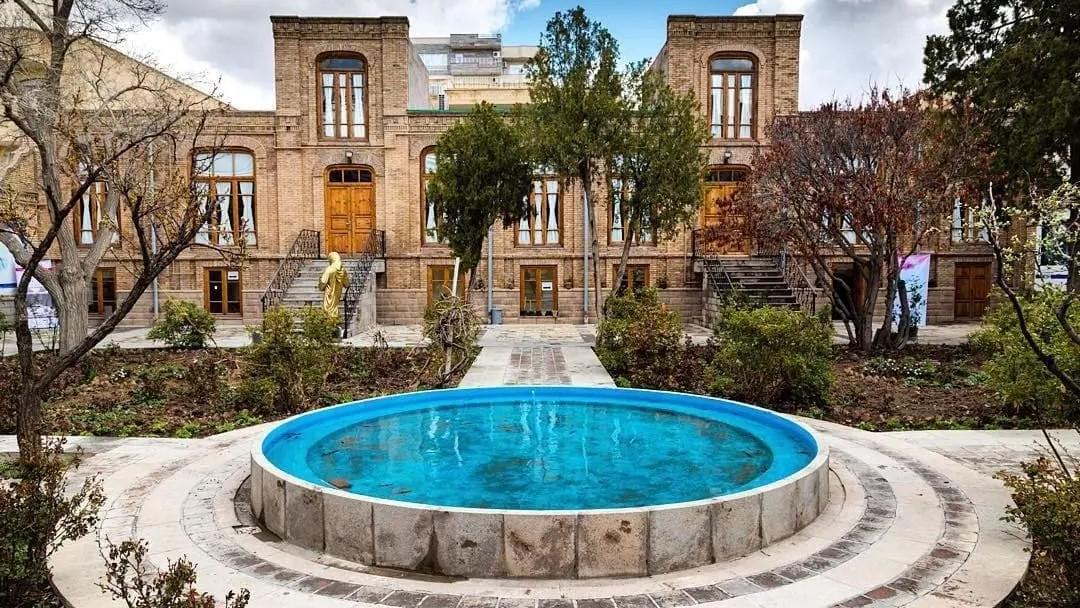
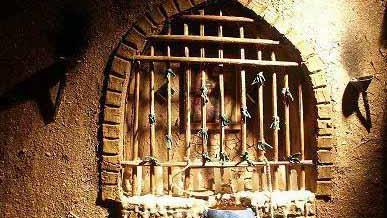
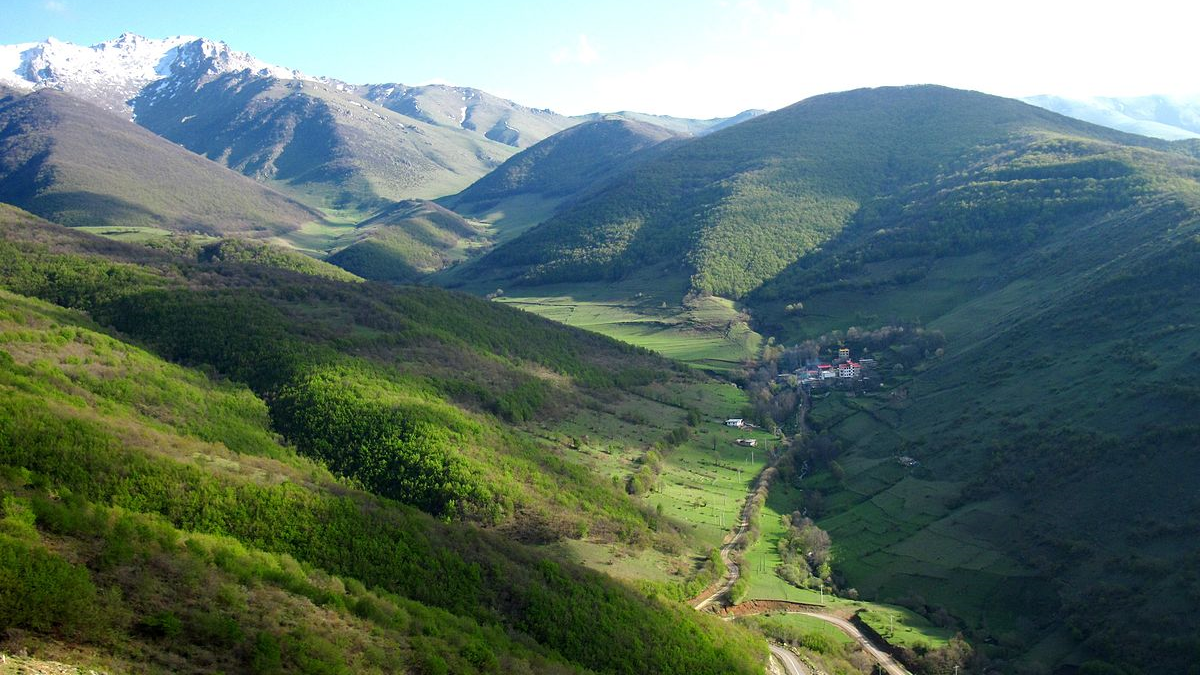
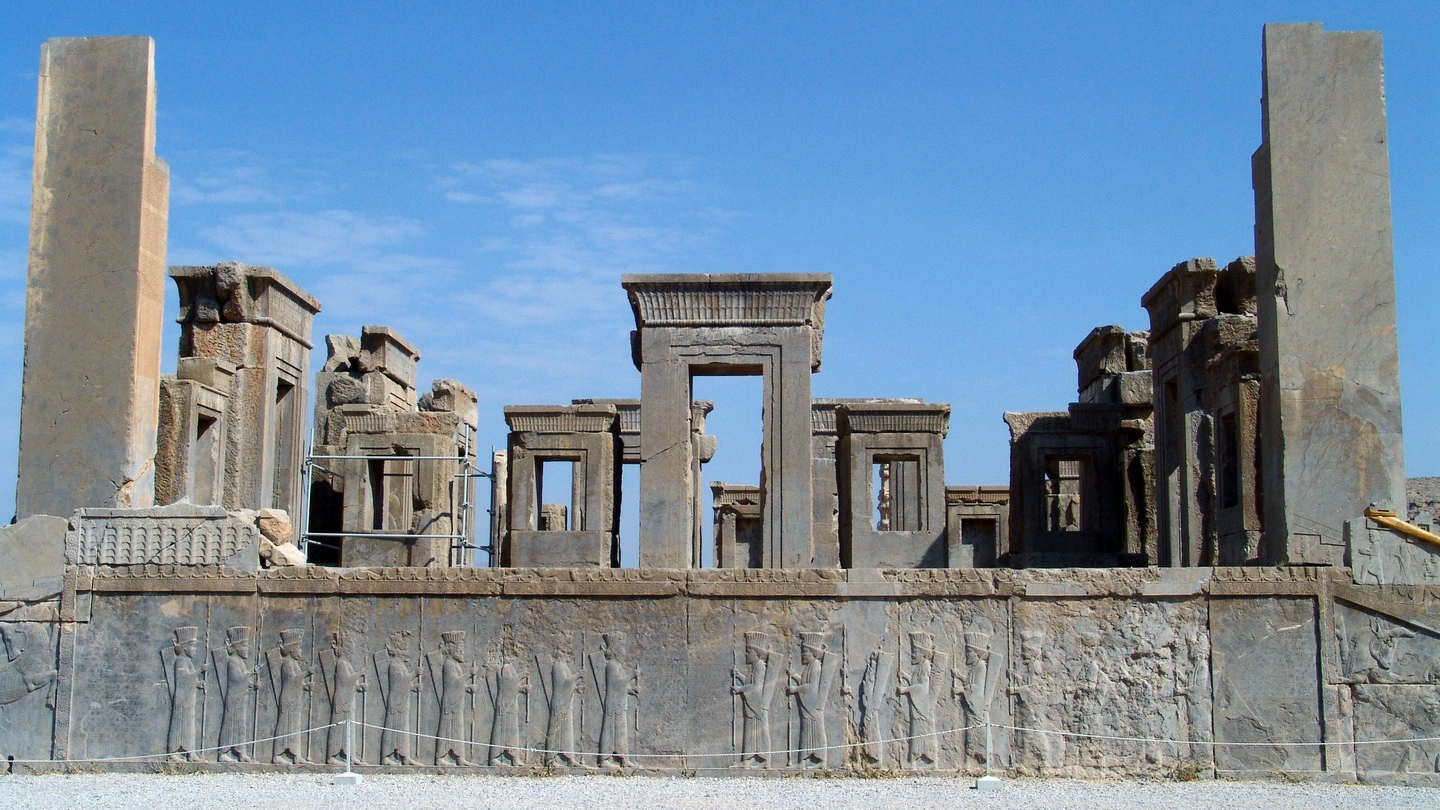

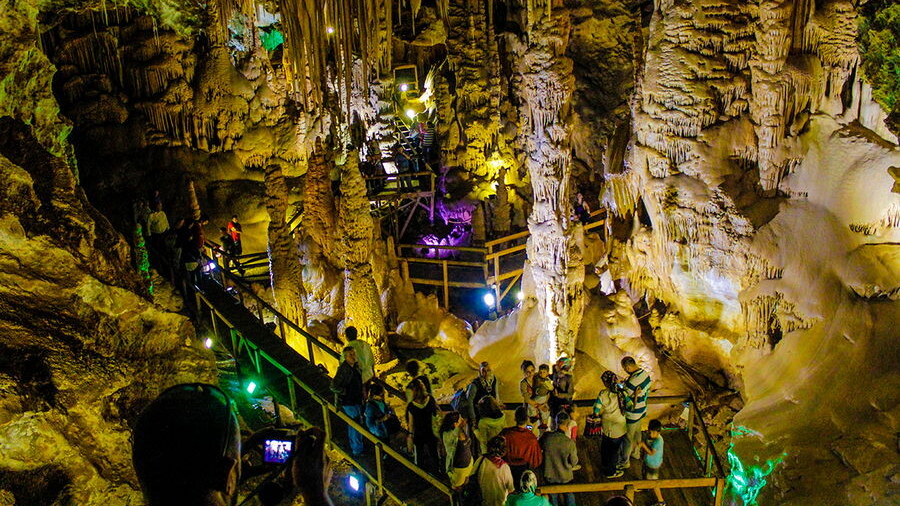
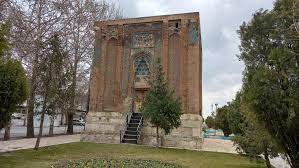
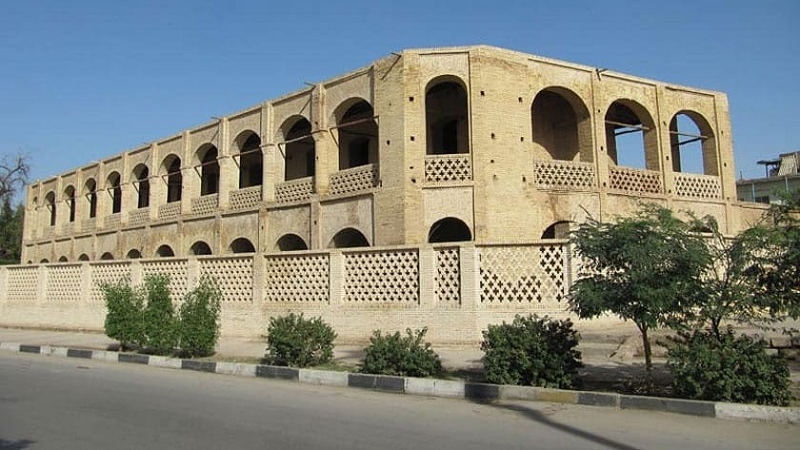
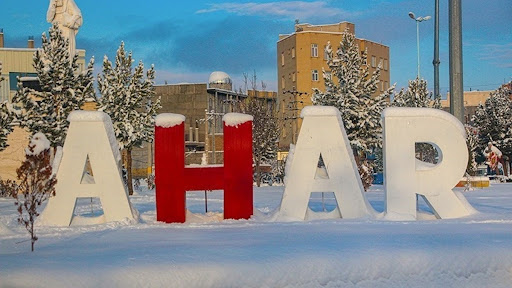
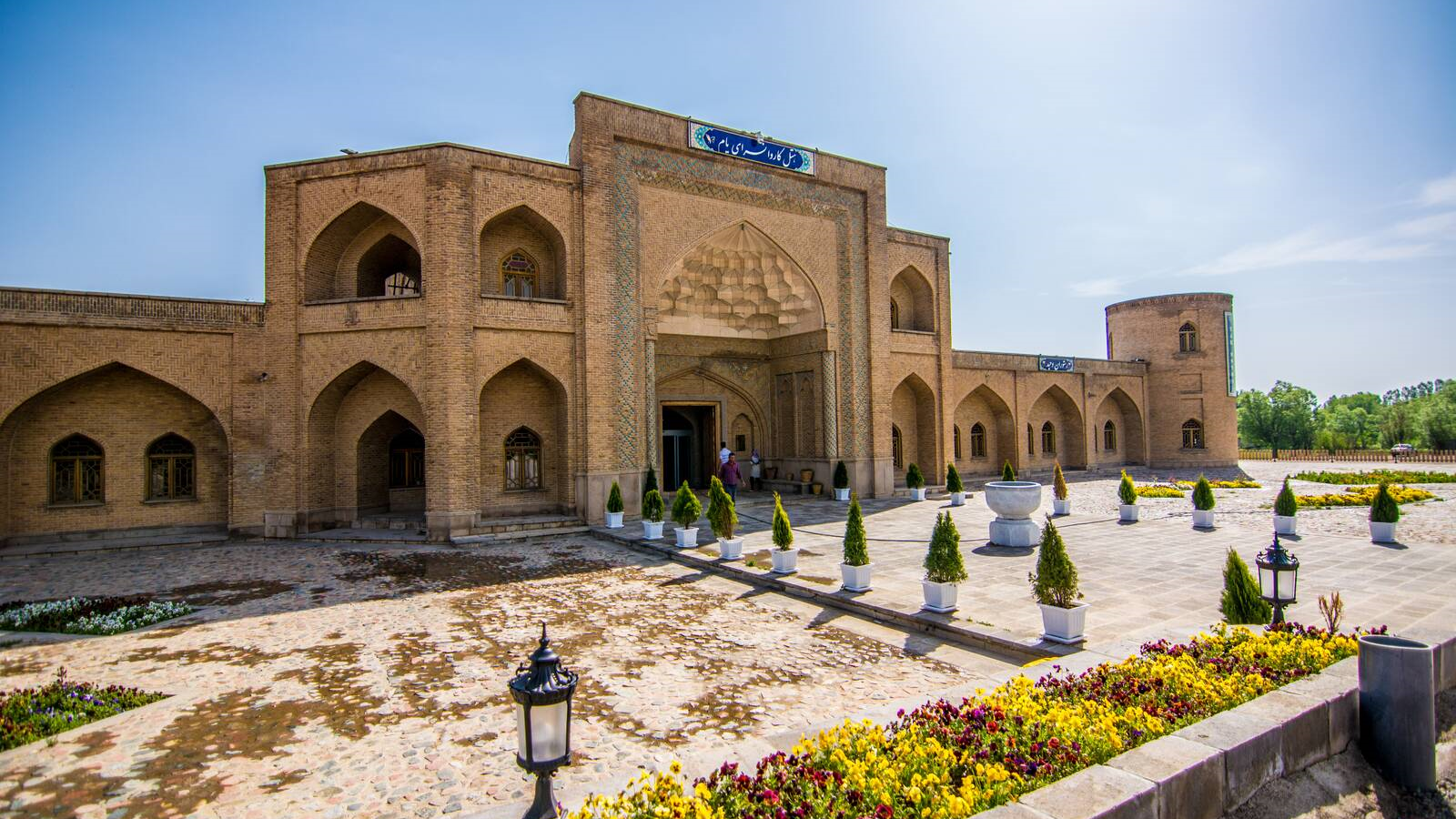

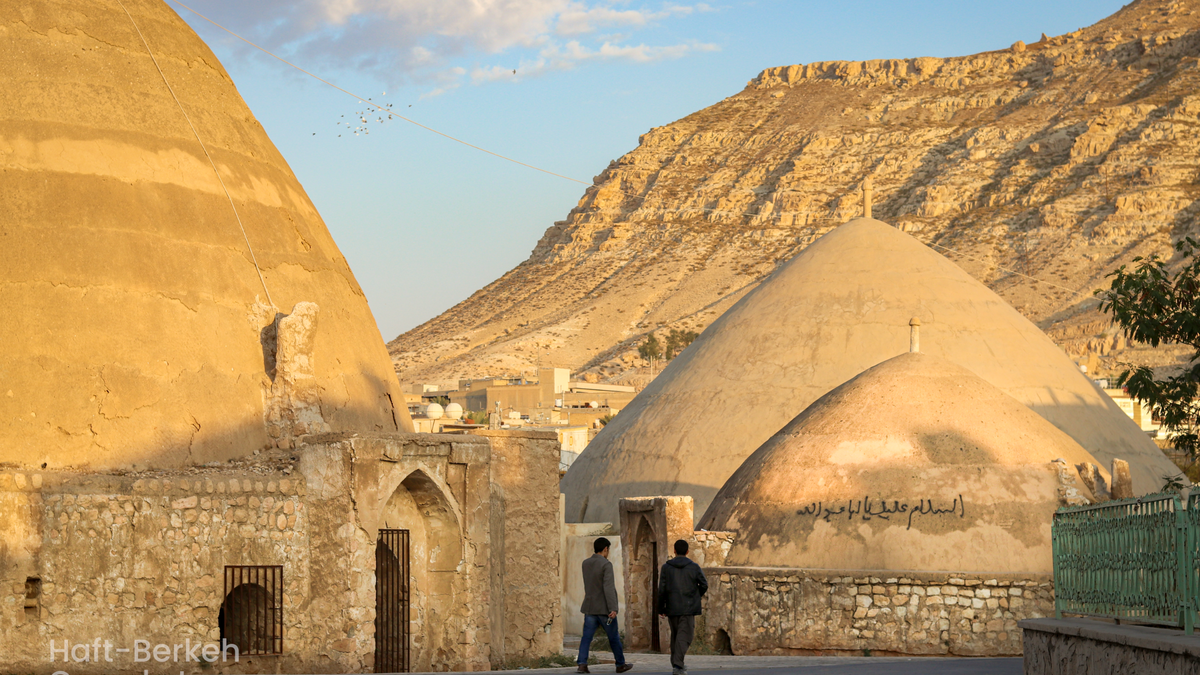
_crop_2.jpg)